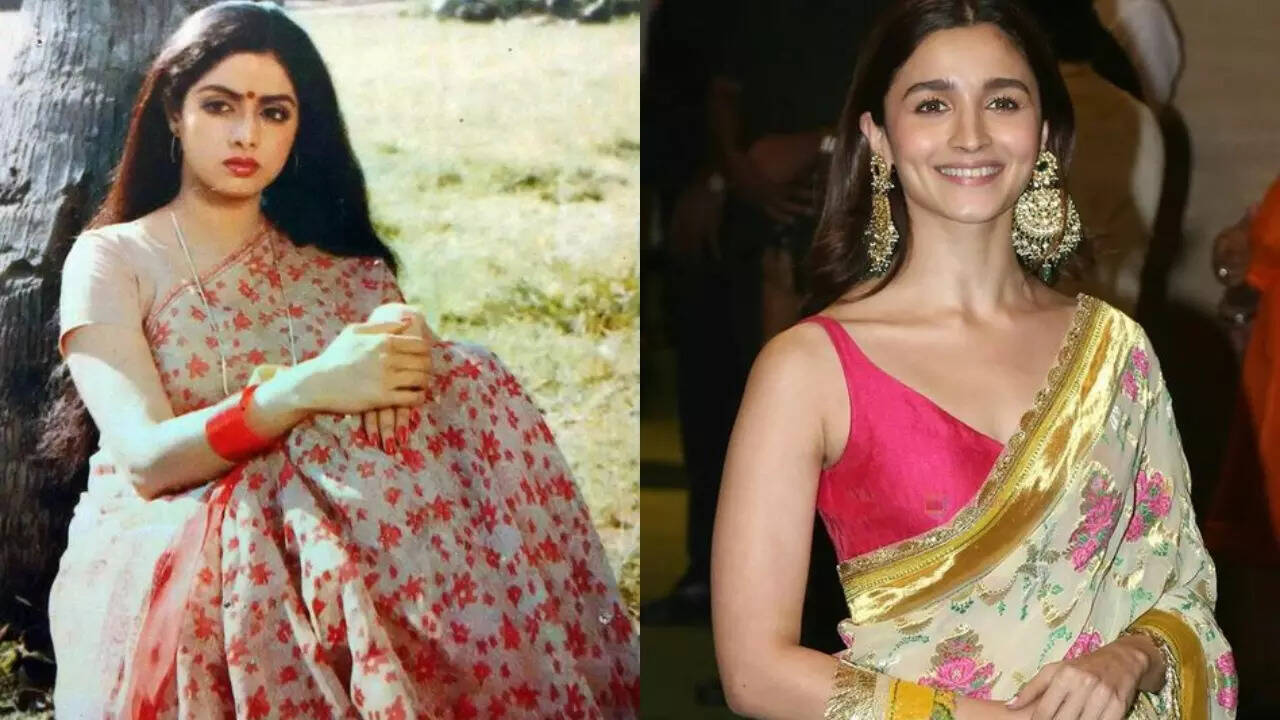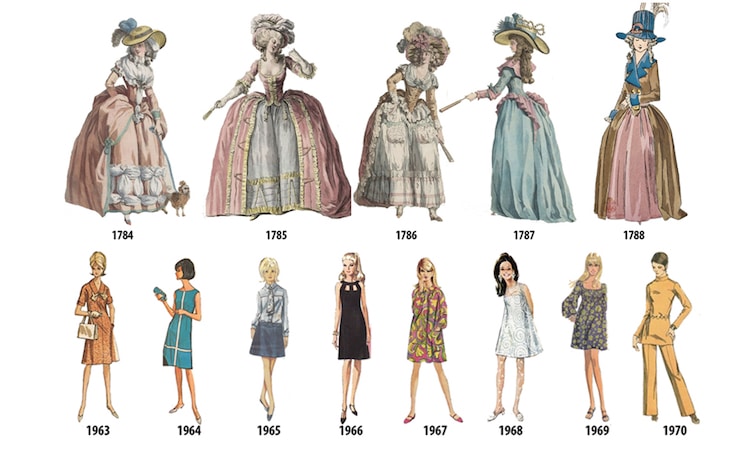Fashion, an ever-changing tapestry of style, has woven its way through the annals of history, reflecting societal shifts, cultural movements, and technological advancements. This evolution is a testament to humanity’s creativity and adaptability, showcasing our ability to transform fabrics into statements, traditions into trends, and innovations into inspirations.
Early Beginnings and Ancient Elegance:
Fashion, in its embryonic form, dates back to ancient civilizations where garments were not just practical but also symbolic. In ancient Egypt, linen garments were a mark of affluence and spirituality, preserving both modesty and status. In Greece, draped fabrics celebrated the human form, emphasizing grace and athleticism. These early designs laid the foundation for what was to come, setting the stage for fashion’s meteoric rise.
Medieval Mastery and Renaissance Revival:
The Middle Ages brought forth an era of opulence and extravagance. European royalty and nobility draped themselves in sumptuous fabrics, adorning intricate embroidery and precious gems. The Renaissance period witnessed a revival of art, science, and culture, with fashion being no exception. Corsets, farthingales, and ruffs became the order of the day, transforming the human silhouette into a canvas of creativity.
Industrial Revolution: Fashion in Mass Production:
The 19th century’s Industrial Revolution ushered in a new era for fashion. Sewing machines mechanized garment production, making clothing more accessible to the masses. The Victorian era saw the rise of haute couture, with designers like Charles Frederick Worth defining luxury fashion. As society shifted from agrarian to industrial, fashion adapted, reflecting the changing roles and aspirations of women.
The Roaring Twenties and Fashion Liberation:
The 1920s marked a seismic shift in fashion. The flapper style challenged traditional norms, embracing shorter hemlines and looser silhouettes, symbolizing women’s newfound freedom and confidence. The economic boom of the Jazz Age influenced fashion, leading to the rise of ready-to-wear clothing and a shift towards more casual, practical attire.
Post-War Boom and Global Influences:
After the devastation of World War II, fashion experienced a renaissance. Christian Dior’s “New Look” in the 1950s reintroduced glamour, emphasizing hourglass silhouettes and luxurious fabrics. The 1960s brought forth a youth revolution, with designers like Mary Quant and Pierre Cardin pushing boundaries with bold, geometric designs. The 1970s celebrated diversity, incorporating global influences from Africa, Asia, and the Middle East into mainstream fashion.
Modern Era and Digital Transformation:
The 21st century has witnessed a fusion of styles and eras, thanks to globalization and digital connectivity. Fashion has become more inclusive, embracing diversity in size, ethnicity, and gender expression. Sustainable fashion practices have gained prominence, with designers and consumers alike advocating for eco-friendly materials and ethical production processes.
In this whirlwind journey through time, fashion has evolved from a necessity to an art form, a means of self-expression, and a reflection of our ever-changing world. As we continue this journey into the future, one thing remains certain: fashion will persist in shaping and reflecting the narratives of generations yet to come.

